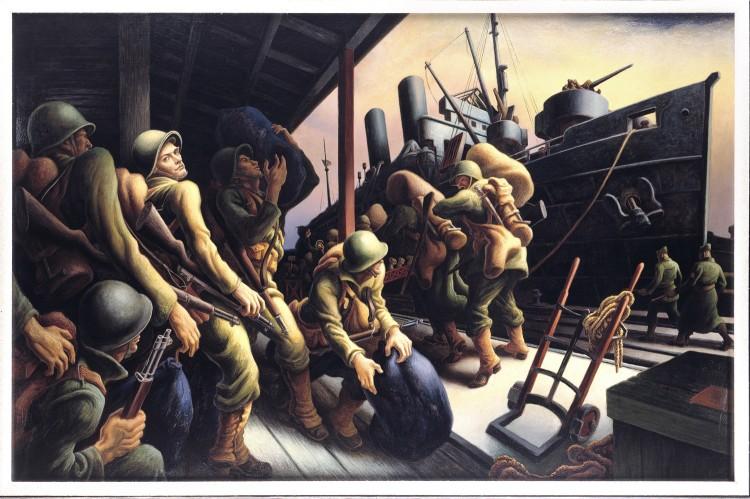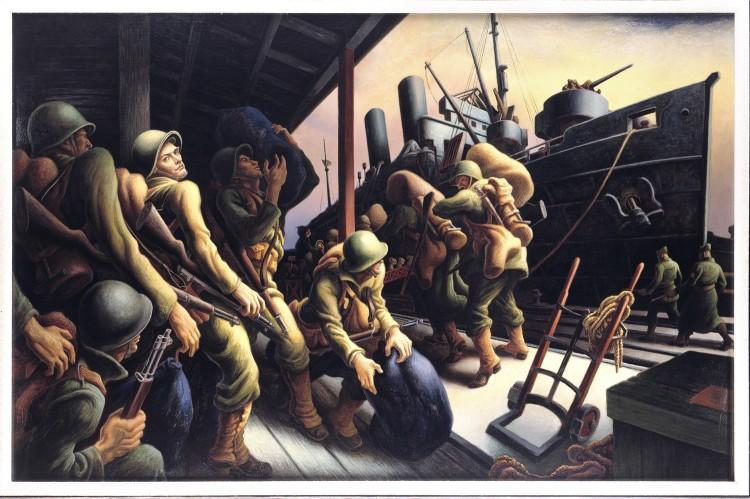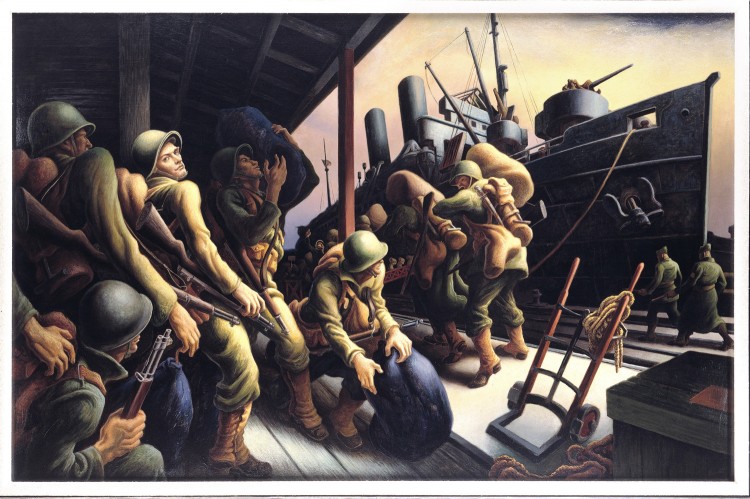NEW YORK—A new exhibition at the New York Historical Society illuminates how the New York metropolitan region and its citizens contributed to the Allied victory in World War II.
The war, which lasted from 1939 to 1945, profoundly impacted New York.
Beginning in 1941, after the attack on Pearl Harbor, New York became a hub of war activities. Workers in the city did everything from shipbuilding at the Brooklyn Navy Yard to uniform manufacturing at Brooks Brothers.







